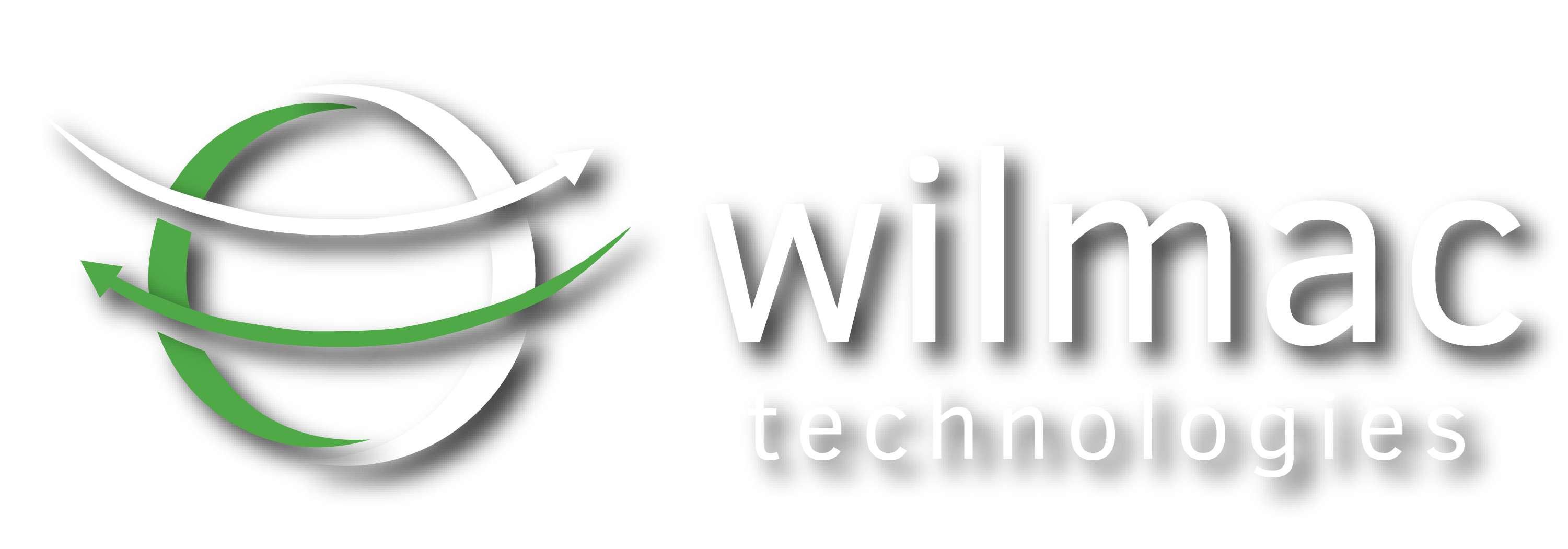If you work for a banking or financial services organization and are struggling with data archiving, you are in the right place.
Our business started blossoming because of the banking and financial services industries and their need to retain recorded communications for a certain period. The trading floors were our bread and butter – these organizations are required to record all trader communications, retain them for a specific period of time, and access them when necessary.
What we realized, though, after working with these organizations and their trading floors to guarantee compliance, was the difficulty that came with managing this archived data and the risks that came with transitioning to a new recording platform.
All recording vendors have unique, proprietary formats that their recordings are stored in, and Continuity can extract, convert, and ingest most of them, including but not limited to NICE, Verint, Five9, Genesys, Calabrio, Talkdesk, and more.
This blog will review common situations we see many banking and financial organizations struggling with when it comes to retention periods and data compliance.
Common Data Archiving Struggles
The banking and financial sectors are constantly facing compliance and regulatory mandates that make paying extremely close attention to the day-to-day operations critical. The following section covers several situations we have seen banking and financial institutions face when it comes to recording management and retention.
Delivering Recordings to Regulatory Bodies During Investigations
When investigations are underway on certain transactions at an organization, regulatory bodies like the SEC or DOJ often request that organization to deliver those recordings to the regulatory body within a brief time frame.
For example, the SEC might be investigating John Smith for insider trading, and they believe it happened at some point within the past six months.
In this situation, the financial organization must access their recording archives and export that range of recordings in a standard format for the regulatory body to review.
One may think this is a simple request, but because these vendors store their recordings in a proprietary format, the financial organization faces a problem: either pay their vendor an exorbitant amount of money to bulk export these recordings or face a fine from the regulatory body.
Neither situation is ideal.
Maintaining Legacy Systems to Remain Compliant
As technology evolves, the infrastructure within banking and financial services organizations must also evolve. New features and functionality are constantly being released by recording vendors, along with new products.
If you have decided to transition to a new call recording system or vendor, but still have recordings on your legacy platform that must be retained, most organizations decide to maintain that legacy system to keep their recordings securely stored. This brings about significant risk and adds cost with maintaining the legacy system.
Managing Multiple Recorders in Different Locations, along with Multiple Retention Periods
Many global financial institutions utilize a distributed call recording system with multiple system(s) versions or vendors across various sites. In some cases, these recordings are subject to different retention periods due to the country’s regulations they are subject to, making the situation even more complex.
Dealing with multiple vendors, in multiple locations, and multiple retention periods creates a disjointed system that can result in acts of non-compliance.
Just think, if your organization has over 100 million audio files spread across ten databases in ten different countries, there is a significant risk in accessing and managing these files, along with maintaining security and adaptability for the future.
Facing End of Life Support with Your Current Platform
Like we said before, technology evolves, and certain products become End of Life (EOL) by the vendor. If you are in a situation where your current platform is nearing end of life support, there is an inherent risk with maintaining that system with recordings on it.
You risk that system breaking down without an option to replace parts or support it, since the vendor no longer offers those options.
You must put an additional resource in charge of maintaining that system, which takes away from more high value activities.
And finally, you risk non-compliance by being unable to access those recordings and/or losing those recordings because of a system failure.
All these situations put your organization at risk for non-compliance and in a poor financial position.
Let us review two situations where we worked with global financial institutions to retain and manage their recordings in a more efficient and financially effective manner. Due to the heavily regulated and private nature of these organizations, we will not list their names.
Continuity Replay Case Studies for Banking and Financial Institutions
Simplifying Data Access
A global financial institution utilizes a distributed call recording system with multiple vendors across various sites. The company’s recordings are stored in proprietary formats, all with encryption for security. Compliance with industry regulations is a priority for this company, and they have diverse data retention periods, which must comply with regulatory mandates. In this company’s case, they struggle to access their data because of its various proprietary formats.
The company confronted a complex data challenge with over 100 million files spread across eleven databases and global storage locations. To address this, they adopted our Continuity Replay solution, which centralized their data into one location, bolstered data governance, improved security, and simplified retrieval while ensuring global compliance.
By adopting Continuity Replay, this global financial institution retired several of their outdated legacy systems. This reduced storage and operational costs and mitigated potential risks associated with obsolete infrastructure, ensuring a more secure data environment.
Furthermore, introducing a centralized data management portal streamlined administrative processes, facilitating more effective data governance. This enhanced agility and responsiveness positioned the organization for future growth and evolution while simplifying data retrieval with an enhanced user interface by modernizing archived legacy data.
Decommissioning Legacy Systems to Minimize Risk
Another global financial institution upgraded from a ten-year-old legacy recording system facing End of Life (EOL) support. Their 250 million recordings on this system were stored in proprietary formats with encryption to ensure compliance with industry regulations. The institution places a high priority on extended data retention periods as required by regulatory mandates.
They encountered a significant data challenge involving securely encrypted voice data stored in proprietary formats. This situation led to the necessity of maintaining an outdated server infrastructure, which was neither sustainable nor cost-effective. Alternatively, a standard data migration approach would not preserve all the essential metadata fields required for search and replay, posing a risk for future regulatory investigations.
The implementation of Continuity Replay brought significant advantages to this organization. By extracting the audio and essential metadata from their original archives and converting it into open formats (WAV files), they could seamlessly manage their call recording data and associated retention periods.
As a result, the organization no longer grappled with supporting end-of-life infrastructure or coping with limited metadata fields for future regulatory investigations. Recordings were transitioned to the cloud, eliminating the need for on-premises infrastructure, and facilitating straightforward search and replay processes.
With Continuity Replay, the global financial institution could retire their outdated legacy systems, reducing costs, enhancing security, and streamlining data governance for future growth and efficiency.
Benefits of Adopting Continuity Replay
We have covered several different scenarios where managing your recordings is not easy and makes your job more difficult.
By adopting an enterprise information archiving tool like Continuity Replay, you can reap the following rewards:
- Control how your data is stored – Have full control of where your call recording data is stored, how long it is stored, and how you can access it.
- Reduce infrastructure spend – Decommission legacy systems and reduce associated costs now that you have access to your call recordings.
- Minimize risk attached to legacy voice files – Easily manage and automate the retention periods associated with your call recording data.
- Streamline compliance with retention periods – No more dealing with multiple retention periods and disjointed systems. Store and manage all your recordings in one place.
- Simplify search and replay – The Continuity Replay UI (User Interface) is designed with simplicity in mind for anyone to navigate and locate recordings.
In Closing
Do not feel like your information archiving and data management situation is too complex, or that you are limited to your recording vendor’s offerings.
Data management and archiving is made simple with a solution like Continuity Replay, that is designed to put you back in control of your voice data and streamline your overall recording operations.

